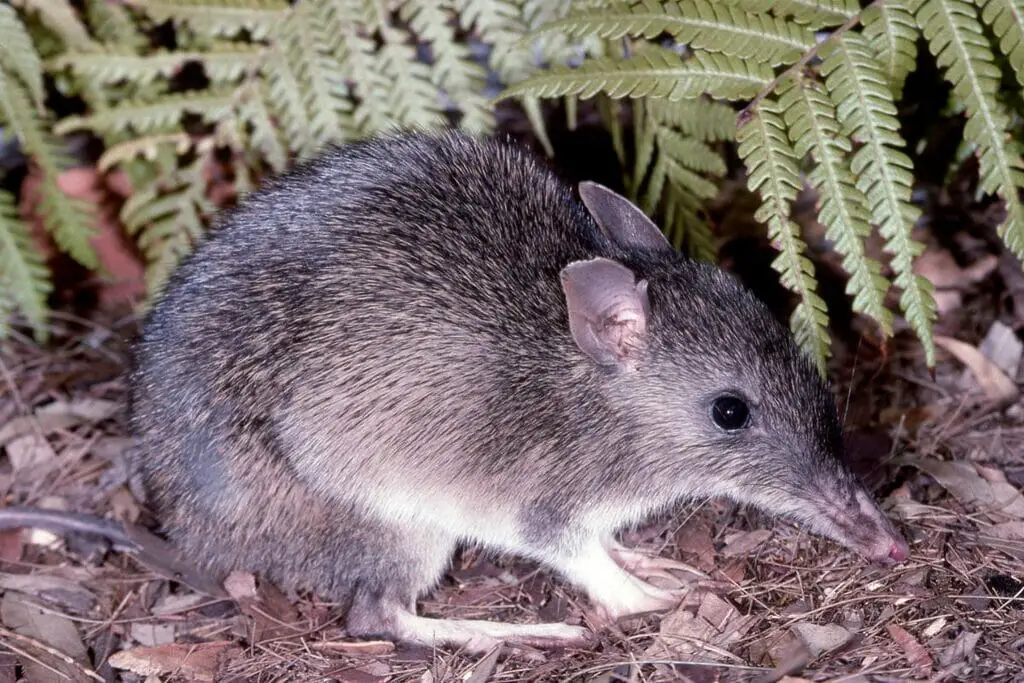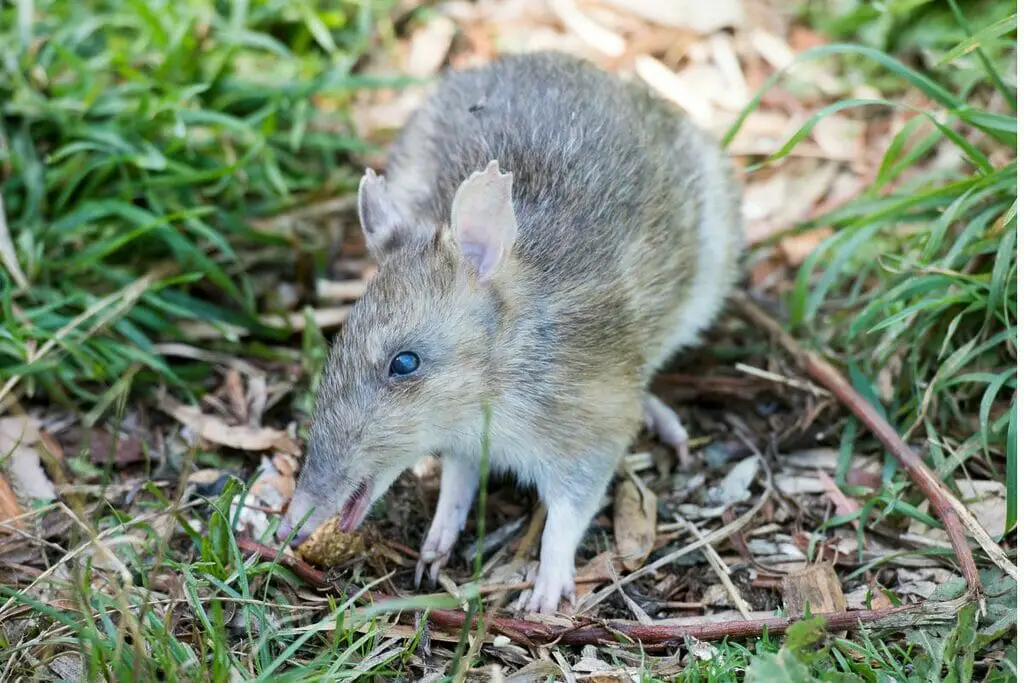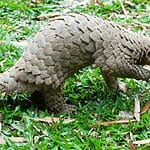While Australia is known for being the home of a range of exotic and unique animals, it has unfortunately also seen many of its animals become extinct, with the Australian government currently acknowledging the extinction of 13 endemic species, 12 of which being mammals.

With that being said however, there have been many animals roaming around the large and expansive landscapes of Australia that were once thought to be extinct but are actually still surviving, while others were saved from the brink of extinction and are now much more commonly seen in the wild.
This includes the small and furry eastern barred bandicoot, which was once thought to be heading towards extinction, but was soon saved, but how exactly did it reach this state? And what was done to save it? Keep reading to find out more.
What Is An Eastern Barred Bandicoot?
Eastern barred bandicoots are very recognizable for their incredibly long noses that give them a great sense of smell, along with their small pointed ears and stripes covering their entire back, which is where the ‘barred’ part of their name comes from.
Unlike some of the other smaller mammals that live in Australia, these bandicoots do not have big brushy tails but instead, possess very small smooth tails with only a little bit of fur on them.
They are traditionally found inhabiting dense and woody grasslands because of how easy it is for them to build their nests under the surface where they will often sleep during the day since these animals are also nocturnal.
Their diet primarily consists of insects, however, they have also been known to feed on berries, seeds, and grass. In captivity and nature preservations, they are often fed a balance of mealworms and crickets which give the bandicoot enough fat and nutrients to keep them fully fed and healthy.
Why Did The Eastern Barred Bandicoot Population Decline So Quickly?
The eastern barred bandicoot actually used to be a common sight in the Australian state of Victoria where they would regularly roam around the acres of grasslands throughout much of the 20th century, and while it was unknown just how many resided in this part of Australia, what did become evident was that their population was declining at a rapid rate with there being fewer than 150 estimated to still be in the wild in 2013, with the animal being declared extinct by the end of that year.
While the gradual loss of their grassland habitat was one major reason their numbers fell so drastically, the much bigger reason was predation from red foxes who could easily snag the bandicoots and eat them as a quick and easy meal.
The eastern barred bandicoot is an incredibly small and docile creature averaging a height of around 15 inches and a weight of 30 pounds, which not only means that they are easy for the much bigger foxes to pick up and carry away, but it also means the bandicoots have no method of defending themselves since they don’t possess any sharp claws or defense mechanisms like a lot of smaller animals do.
How Was The Eastern Barred Bandicoot Saved From Extinction?

When it became evident by the late 1980s that the eastern barred bandicoot was quickly becoming extinct, a massive and courageous effort was made by multiple Australian organizations to help recover this small animal so that it could one day roam freely again in the wild.
This captive breeding and rewilding scheme was first initiated in 1988 by the Victoria state government who brought together Zoos Victoria, volunteer groups, nature preservation centers, government agencies and stakeholders to all help in finding and capturing these small creatures so that they could be protected and bred in the Woodland Historic Park.
The breeding program was a huge success, mainly because the bandicoot’s pregnancy period is extremely quick at just 12 days, which is why the program was very quickly extended to other zoos and preservation sites across the country.
When it came to re-introducing the bandicoots to the wild, the biggest hurdle to overcome was making sure that they didn’t become hunted by the red foxes, which were still commonly patrolling the grasslands of Victorian Australia.
In 2011, a plan was established to release over 2000 eastern barred bandicoots across 10 miles of fenced sites and fox-free islands surrounding Victoria, ensuring the predators could not get anywhere near the bandicoots.
However, because the bandicoots were breeding at such a rapid rate, they eventually branched out to Churchill Island, Phillip Island and French Island, with them recently in 2020 being introduced to Tiverton, a small homestead located in Southern Australia.
Have The Eastern Barred Bandicoots Recovered?
While there were only an estimated 150 eastern barred bandicoots still alive in 1989, by 2021, it was recorded that there were now approximately 1,500 currently living in Australia which is all thanks to the incredible efforts made by the Victoria state government, the preservation activists, and everyone involved with the program.
Since these efforts had been made to recover the bandicoots and save them from extinction, they are still being carefully monitored to ensure their numbers don’t begin to drop again.
One popular way this is done is through remote cameras where preservationists can monitor the behavior of the bandicoots along with what they’re eating, how much they are breeding, and if there are any potential predators to be concerned with.
However, after over 30 years of the recovery effort, while they are still considered ‘endangered’, the eastern barred bandicoot is well on its way to recovery.
How Could Dogs Help In Preservation?
While there has been a tremendous amount of progress in terms of the eastern barred bandicoot recovery program, there is still a long way to go, and while plans are being made to release these small creatures in even more fox-free areas such as Skipton and Dunkeld, one of the most promising projects that will allow the bandicoots to be even more protected and live more freely among the islands and even the mainland is Maremma dogs.
These dogs have been used for decades to protect livestock from predators and are usually used to defend herds of sheep from sneaky foxes, however they are now being seen as a potential way to keep the bandicoots safe from foxes out in the wild.
This will require a lot of training since rather than bonding the dog with the bandicoot, as usually happens when they are protecting sheep, they are instead trained to ignore the bandicoots so that they don’t become too curious and eat them, and instead, direct their attention towards any potential predators in the area.
This is still a very ambitious project in its early stages, but is a very promising sign that the eastern barred bandicoot could make a full recovery in the next few years.
Summary
While there is still more work to be done until the eastern barred bandicoot can no longer be considered an endangered animal, after 30 years of courageous effort, these small creatures are finally making a return and have been saved from the brink of extinction.








